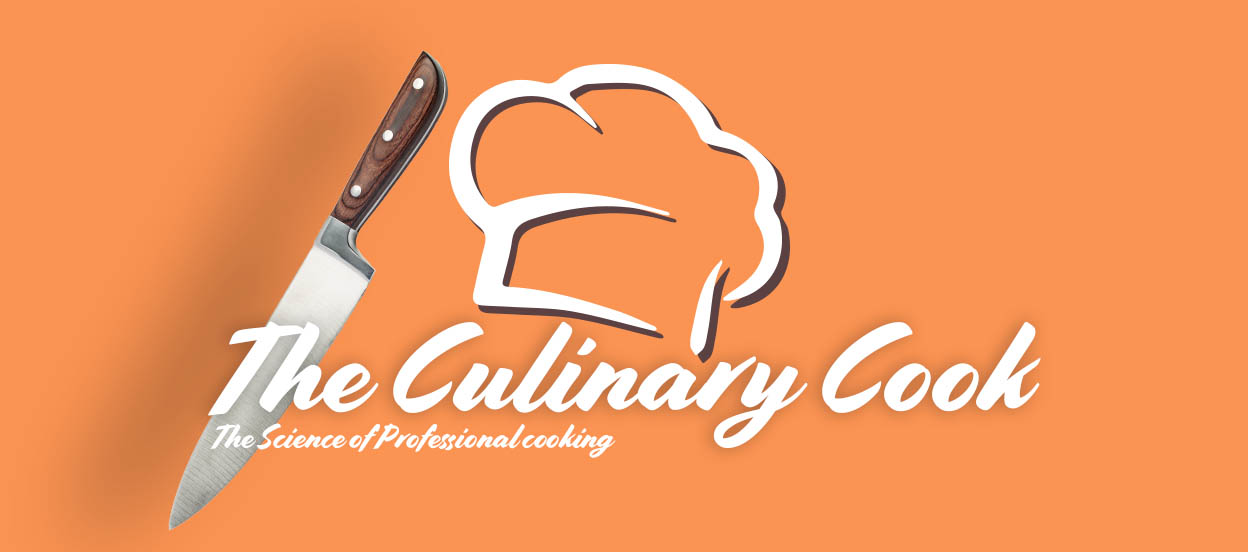When talking about cooking safety, we are really talking about food safety and sanitation. By understanding how many food-bourne illnesses are caused and how we can prevent them, you will be in a better position in protecting yourself and those you intend to feed.
This information is not meant to be a complete discussion or guide into food safety or sanitation, but the intended purpose is to ensure you know the fundamentals of preparation, storage and other vital information.
Contamination & Cross-Contamination
 [dropcap]A[/dropcap]lmost all food-related illnesses can be traced back to improperly handled food or food that has been improperly stored. By understanding what steps must be taken will ensure that what you cook is healthy and contaminate free.
[dropcap]A[/dropcap]lmost all food-related illnesses can be traced back to improperly handled food or food that has been improperly stored. By understanding what steps must be taken will ensure that what you cook is healthy and contaminate free.
The biggest concern always comes from fresh meat. Raw chicken has a risk of salmonella, and as such all chicken must be cooked to an internal temperature of 74C (165F). Any surface that comes into contact with raw chicken must be sanitized with a detergent and hot water. All utensils must be cleaned before moving onto a new task. If your hands have touched raw chicken, be absolutely sure you wash your hands before touching anything else.
When dealing with any raw meat or fish, the same principles apply. Always wash cutting boards that have seen raw meat, and always wash your hands after handling raw meat. Follow these procedures, and you won’t have to worry about causing illness in those you serve. And remember, when in doubt, throw it out!
[dropcap]P[/dropcap]roper cooling is a must if you intend to use cooked food at a later date. Always be vigilant. The Temperature Danger Zone is important to understand. As your food is cooling, it reaches the zone between 60C (140F) and 4C (40F). This is called the Danger Zone, because it is the prime temperature for bacteria to grow within in. Food must not be kept at this temperature for long, and efforts must be made to get it cooled to 4C (40F) or lower as soon as possible.
Botulism
Botulism is an anaerobic bacteria that thrives in conditions where no oxygen is present. Like all bacteria, botulism thrives within the danger zone and as such all products must be properly cooled. Some potentially hazardous foods (PHFs) include baked potatoes, rice, and other starchy foods. Improper canning can also run the risk of producing botulism. The botulism bacteria is not toxic in itself, but rather the toxins it produces can be fatal to anyone ingesting it. By following proper cooling and cooking methods, you can prevent botulism entirely. Unlike other harmful bacteria, because the toxicity of botulism resides in the toxins release and not the bacteria, it cannot be destroyed by cooking.
By following this quick safety guide, you are on the path to becoming a better, competent cook.






